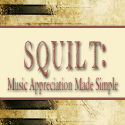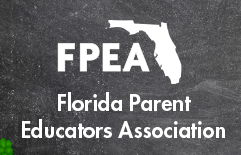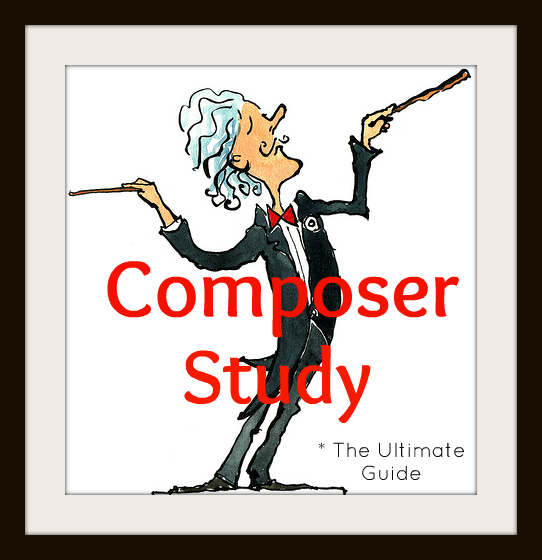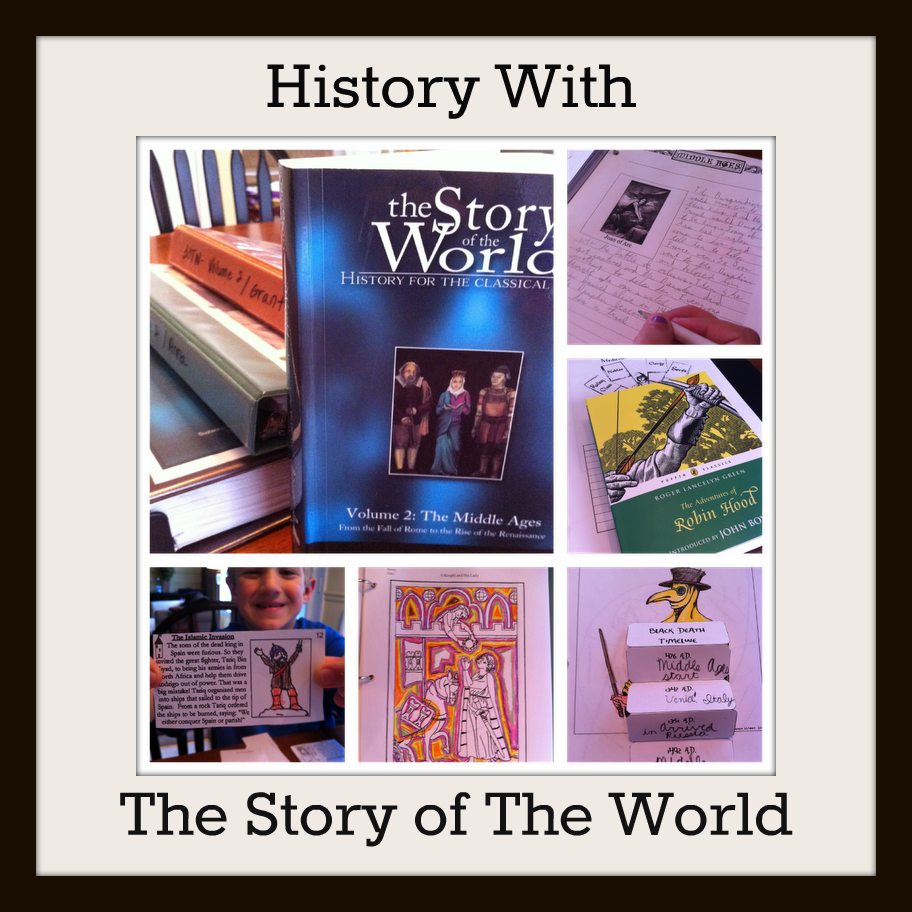Learn About An Epic Piece of Music (SQUILT Lesson #7)
 Monday, April 8, 2013 at 5:01AM
Monday, April 8, 2013 at 5:01AM

The collection of free listening lessons here is growing.
It is my goal to grow this collection this spring, so that you can incorporate beautiful music with your children easily and often.
Super Quiet UnInterrupted Listening Time is designed to be a quick, meaningful time of music study in your home. Children listen quietly to a piece of music, then record their findings on a notebooking page. After several SQUILT lessons they begin to become more familiar with the elements of music and what to listen for in a piece of music.
More information about SQUILT can be found in the very first post in the series.
Download the SQUILT listening sheet and prepare your children for a most excellent piece of music.

* This post contains affiliate links. For my information, please visit my Disclosure page.
Historical Background
"O Fortuna" is a part of Carl Orff's composition Carmina Burana. It forms the opening and closing of this collection of 24 poems that have been set to music. It is a Medieval Latin poem about the Roman goddess of Fortune. (Older children might be interested in the translation.) The poem itself is quite depressing.
This piece of music is perhaps one of the most popular in the world. Carl Orff set it to music in 1935.
For more detailed information about Carmina Burana, you can visit this comprehensive page dedicated to the piece.
Learn more about Carl Orff at Classics for Kids. Did you know that he pioneered a method of music education for children? You may have heard of Orff instruments -- thank you, Carl Orff.
Teaching the Lesson
Listen first to the music one time with eyes closed. Remind children to listen for the elements on their sheets: Dynamics, Rhythm, Instrumentation, and Mood.
Remember: There is no right and wrong in this activity. Encourage your children to just listen to the music and enjoy it. Can they form a picture in their head? What instruments do they hear? Does it make them happy or sad?
I usually let my kids put their heads down or lay in a favorite spot while I play the music.
After listening one time, have children talk about the music with you. Play the music a second time (let them watch the video above) and encourage them to fill out the notebooking page. Younger children may just want to draw pictures of what they heard. Older children may want to explore this piece and/or composer in more depth.
Dynamics
The music starts loud (forte), then drops back. The dymanics grow throughout the piece. This is what makes the piece so exciting - the growing tension through the dynamics.
*This is a good chart of dynamics in music. Print it out for your children's reference! (Image credit goes to About.com)
Encourage your children to begin using the correct music terms if they can.
Rhythm
There is a repeated pattern/rhythm that occurs throughout the piece. It is what forms the spine of the music. Many describe the rhythm as "driving".
Instrumentation
This piece is scored for a FULL orchestra. We hear all four families: Strings, Woodwind, Brass, and Percussion. There is also a full chorus, and in this particular recording there are soloists in the front as well.
Mood
Most children will have NO TROUBLE with this one! The mood is obviously victorious, ominous, and epic. Encourage your children to think about how the Dynamics, Rhythm, and Instrumentation work together to create the mood of O Fortuna.
Here is another video of O Fortuna. It is a bit slower, but allows the students to see the full orchestra. I think the Latin is much more understandable in this performance.
If you complete this SQUILT lesson with your children, take pictures and send them to me. I would love to feature you in an upcoming blog post. (You can contact me at Mary.Prather at Gmail dot com).
As always, please let me know if you have any questions about this lesson!
I have also included my favorite music resources for homeschool in this widget. These are all resources we personally own and use frequently. They are basic books about the orchestra, favorite recordings, and other resources.


















Reader Comments (5)
Mary, thank you! I adore the SQUILT lessons! I know I can use your printable form with any piece of music, but when you post about a specific piece it helps us musically challenged moms have an intelligent discussion with our kids about the piece. You and your blog are such a treasure for me.
Mary,
I love what you are doing with this!
Please keep it up!
This type of guidance is so needed and so encouraging!
Mary,
I have been receiving your emails for about a month and I am so encouraged by what you do! I've never heard of "Squilting", but we will try it this week! Many thanks!
Mary, these are GREAT! I'm going to do this with my girls this week. They're actually singing with the symphony's performance of Carmina Burana next month!
~Kendra
My five-year-old son and I just listened to this piece together...he loved it! And as if that didn't surprise me enough, he wants to incorporate music lessons like this a couple times a week in our homeschooling. Um...THANK YOU!!